Senua's Saga: Hellblade II – A $50 Masterpiece or an Overpriced Tech Demo for PC Gamers?
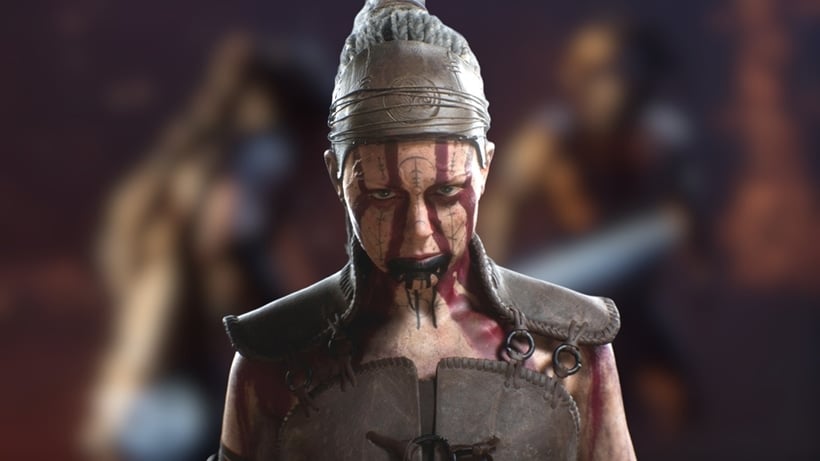
The release of Senua's Saga: Hellblade II has been nothing short of a visual spectacle, pushing the boundaries of what’s possible on PC. But amidst the awe-inspiring graphics and haunting narrative, a contentious debate has erupted: is the approximate 6-8 hour playtime worth the $50 price tag? As a PC gaming veteran, I've seen my fair share of groundbreaking titles, and Hellblade II certainly carves a unique space. But does its artistic ambition translate into a justifiable value proposition for PC gamers accustomed to a certain level of playtime for their investment? Let's dive into the heart of this controversy.
Senua's intense gaze amidst a storm, highlighting emotional distress, wet skin, and turbulent reflections. A watermark "$50 - Art or Overpriced?" is in the bottom right.
The Visuals: A New Bar for PC Gaming?
There's no denying that Hellblade II is a technical marvel. Ninja Theory has harnessed the power of Unreal Engine 5 to create an experience that borders on photorealism. From the meticulously crafted environments to the incredibly detailed character models, the game is a feast for the eyes. The use of photogrammetry is particularly striking, lending an unprecedented level of realism to the world and its inhabitants.
But beauty comes at a cost. Digital Foundry, renowned for their in-depth technical analyses, has highlighted the game's demanding hardware requirements. As Digital Foundry notes, "Hellblade II pushes the boundaries of visual fidelity on PC, but achieving stable frame rates at maximum settings requires top-tier hardware." This means that to truly experience the game as intended, you'll need a powerful PC, potentially adding further to the overall cost of entry.
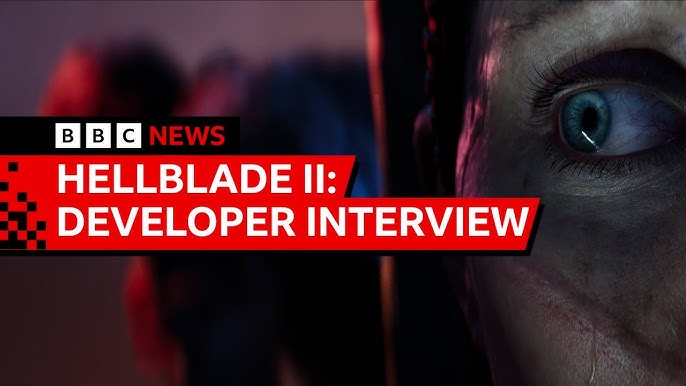
A panoramic view of a bleak, rocky Icelandic landscape in Hellblade II, showcasing the detailed environments created with photogrammetry and Unreal Engine 5.
The Price of Admission: A Divisive Point
The central point of contention revolves around the $50 price tag for a game that can be completed in approximately 6-8 hours. This has sparked heated debates within the PC gaming community, with many questioning whether the visual fidelity and narrative experience justify the brevity of the game.
Let's look at what the community is saying. Steam reviews paint a picture of starkly contrasting opinions. Reviewer A raves, "Hellblade II is a visual masterpiece that left me speechless. A must-buy for anyone who appreciates true artistry in gaming!" This sentiment is echoed by many who prioritize visual fidelity and narrative immersion above all else.
However, the negative reviews tell a different story. Reviewer B states, "Gorgeous but criminally short. Feels more like a tech demo than a fully realized game. Wait for a deep sale." This perspective is shared by those who feel that the short playtime and limited replayability make the game overpriced.
Reddit threads on r/pcgaming and r/Hellblade further amplify these contrasting viewpoints. Redditor C laments, "The graphics are insane, but I finished it in an evening. That's a $50 tech demo, not a game." Many echo the sentiment that while the visual presentation is exceptional, the lack of substantial gameplay and replay value diminishes the overall value proposition. The debate often boils down to whether Hellblade II is a "walking simulator" or an "interactive movie," and whether either definition aligns with a $50 price point.

A close-up shot of Senua engaging in intense combat, showcasing detailed character animation and visual effects during a fight scene.
Contextualizing the Price: Comparing to Other Short, Visually Impressive Games
To better understand the value proposition of Hellblade II, it's helpful to compare it to other visually impressive yet shorter single-player PC games. Titles like Firewatch, What Remains of Edith Finch, and Little Nightmares have all garnered critical acclaim despite their relatively short runtimes.
Firewatch: This game, known for its stunning environmental storytelling and exploration, offered a compelling narrative experience within a similar playtime. While replayability was minimal, the focus on atmosphere and character development provided sufficient value for many players. The key difference is its initial price was notably lower than Hellblade II's at launch.
What Remains of Edith Finch: This anthology of short stories delivered an impactful narrative despite its brief runtime. The depth of its branching storylines and the emotional resonance of its characters justified its price for many, especially given its lower launch price compared to Hellblade II.
Little Nightmares: This game's unique atmosphere and puzzle-platforming provided an engaging experience that justified its cost for many, even with its shorter length. However, its lower price point also contributed to its positive reception.
The common thread among these games is that they offered unique and compelling experiences that, for many players, justified their price despite their brevity. However, Hellblade II enters the arena with a higher price tag, placing greater pressure on its ability to deliver a truly exceptional and unforgettable experience.

Senua standing in a desolate landscape, gazing into the distance, showcasing the game's somber tone and environmental detail.
Optimization and PC Performance: A Crucial Factor
The debate surrounding Hellblade II's value is inextricably linked to its PC performance. As previously mentioned, Digital Foundry's analysis reveals that achieving stable frame rates at maximum settings requires high-end hardware. This raises concerns about accessibility, as many PC gamers may not have the necessary equipment to fully appreciate the game's visual fidelity.
Poor optimization can significantly detract from the overall experience, even if the game is visually stunning. Stuttering, frame drops, and other performance issues can break immersion and diminish the impact of the narrative. Therefore, ensuring smooth and stable performance across a range of PC configurations is crucial for justifying the game's price.
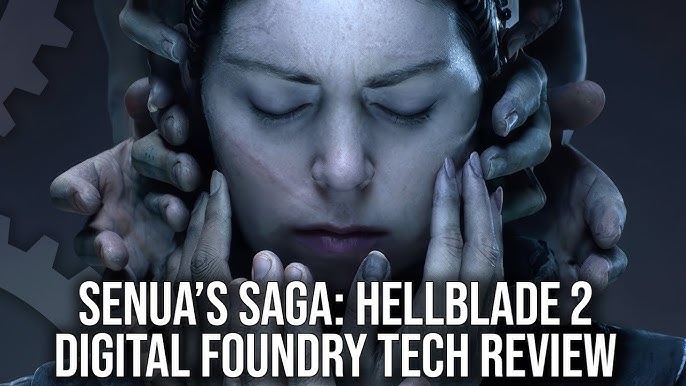
A side-by-side comparison showing graphical details, demonstrating the advancements in visual fidelity achieved in Hellblade II using Unreal Engine 5.
Conclusion: A Benchmark or a Cautionary Tale?
Senua's Saga: Hellblade II is undoubtedly a technical achievement and a visual tour de force. It pushes the boundaries of what's possible on PC, showcasing the potential of Unreal Engine 5 and photogrammetry. However, the $50 price tag for a 6-8 hour experience is a contentious issue that has divided the PC gaming community.
Whether Hellblade II establishes a new benchmark for short, visually stunning single-player PC games remains to be seen. Its success will depend on whether players are willing to prioritize visual fidelity and narrative immersion over gameplay length and replayability. If the game is viewed as a fleeting but unforgettable artistic experience, then the price may be justified for some. However, if it's perceived as an overpriced tech demo lacking in substantial content, it may alienate PC gamers who expect a more significant return on their investment.
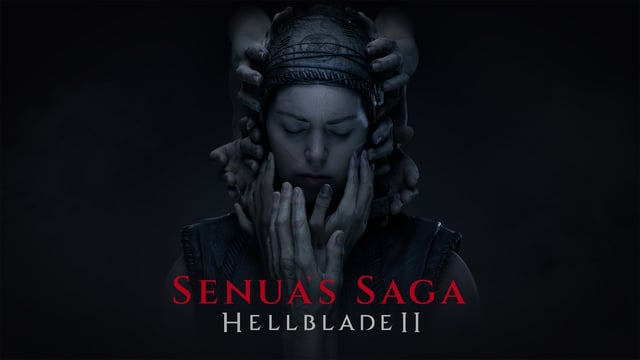
Senua's face, rendered with high-resolution textures and realistic lighting, highlighting the game's focus on character detail and emotional performance.
Ultimately, Hellblade II’s impact on future PC game development will hinge on its commercial success. Will it pave the way for more visually ambitious but shorter single-player games? Or will it serve as a cautionary tale about the importance of balancing visual fidelity with gameplay length and price point? Only time will tell. For now, the decision of whether to invest in Hellblade II rests on each individual PC gamer's priorities and their willingness to embrace a concise, visually stunning interactive experience.

Another dramatic moment in the game, Senua standing in a mystical, ethereal environment, emphasizing the narrative's psychological and emotional depth.
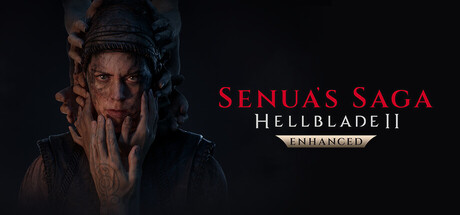
A wide shot capturing Senua in a battle stance against a group of enemies, showcasing the fluid combat animations and realistic character interactions within the game's environment.

A haunting, close-up of Senua, highlighting the textures and details of her face and hair, immersing players into her experience of psychological turmoil.